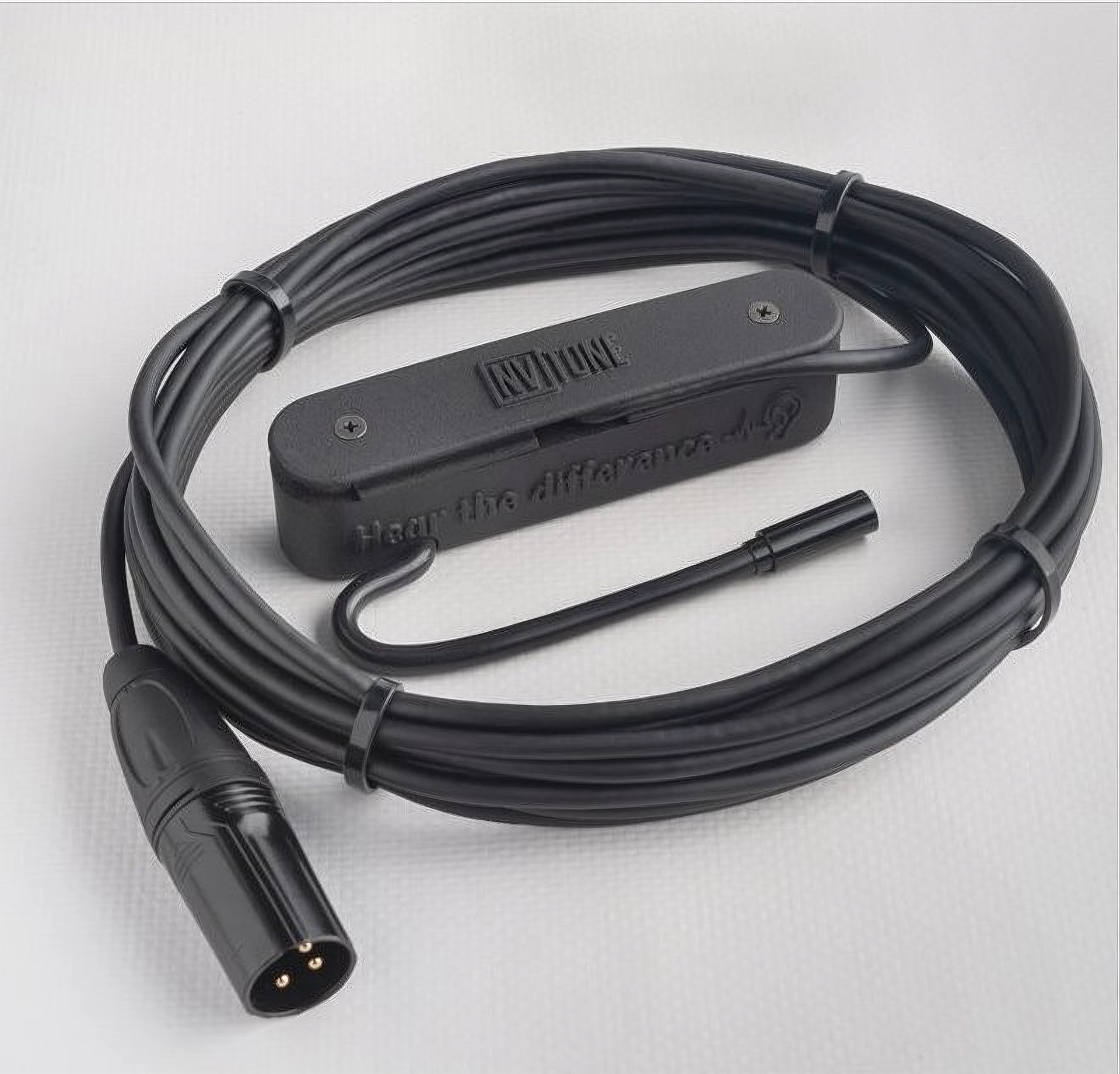Thoughts on Feedback
Feedback is the squealing tone you hear in a P.A. system when the volume is turned up too high. It happens when the loudspeaker’s sound at the mic is louder than the instrument’s sound at the mic.
So to prevent feedback, you want the mic to pick up a loud sound from your instrument. And you want the speaker to produce a quiet sound at the mic, but a loud sound toward the audience. Here’s how to do that:
• Put the mic close to your instrument so the mic will pick up a louder sound. Our (mounted) mics are as flex as possible. The flexible neck of the microphone can prevent unnecessary resonances by finding the optimal position.
• When playing through an amp, place the amp a little behind you and to the left so your body blocks the feedback. Or place the amp in front of you, close to the audience. Then the audience will hear a louder, clearer sound without you having to turn up the volume so much.
• Try to play a little louder and turn down your amp to compensate.
• Feedback usually occurs at a single frequency or pitch. So if you can remove that frequency with EQ, you can stop the feedback. You might use a preamp with a feedback notch filter. While your P.A. is feeding back, adjust the notch filter so the feedback stops.
• Sometimes feedback is a quiet ringing tone, which can color the timbre of your instrument and make it sound hollow. If the feedback is a low tone, turn down the bass (low-frequency EQ) on your amp or mixer a little at a time until feedback stops.
• If your amp is near a wall or on the floor, that can exaggerate low frequencies (bass) and cause feedback. Try placing the amp on a chair and further from the walls.
• If the feedback is a high squeal, turn down the treble (high-frequency EQ) on your amp a little at a time until feedback stops.
Pickups have less feedback than mics. If you have a pickup, mix it with the microphone to get a louder sound.
• If you have a pickup, send its signal only to the monitor speakers, and send the mic signal only to the house speakers. Here’s how: In your mixer’s pickup channel, turn up the monitor send and turn down the fader. In your mixer’s mic channel, turn down the monitor send and turn up the fader. The audience will hear the natural acoustic sound of your mic, and you will hear the pickup in your floor monitors, with no feedback.
• Monitor speakers are the main source of feedback. Sometimes it helps to aim your instrument a little away from the monitor speaker, and don’t turn up the monitors too much. Maybe you can use in-ear monitors instead.
• If your instrument is facing a wall, sound reflections off that wall can get into the mic and cause feedback. Usually you’ll get less feedback when you play into an open space rather than a small room.
• Ask the sound tech to turn on, in their mixer, a high pass filter (low-cut filter) around 80 Hz (for guitar, cello, banjo, bass) or around 200 Hz (for fiddle and mandolin). That will prevent feedback at very low frequencies without affecting the sound of your instrument.


